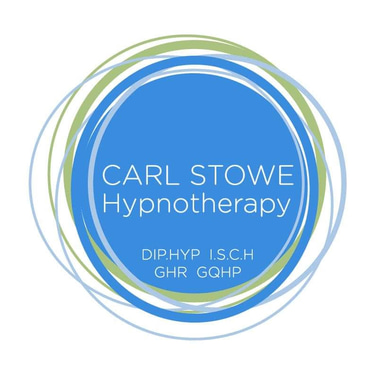Hypnosis as a Tool for Pain Relief
Hypnosis as a Tool for Pain Relief
1/17/20252 min read


Case Study: Hypnosis as a Tool for Pain Relief
Introduction
Hypnosis is an evidence-based therapeutic approach that has been increasingly recognized for its role in managing chronic and acute pain. This case study explores the experience of a 45-year-old patient, Sarah, who successfully used hypnosis to manage her chronic back pain after traditional treatments provided limited relief. Her journey highlights the efficacy of hypnosis as a complementary intervention for pain management.
Background
Sarah had been living with chronic lower back pain for over five years, following a workplace injury. Despite undergoing physical therapy, pharmacological interventions, and lifestyle adjustments, her pain persisted. Sarah reported a pain intensity of 7/10 on most days, severely affecting her quality of life. She was referred to hypnotherapy by her pain management specialist as part of a multidisciplinary approach.
Initial Assessment
During her first session, Sarah expressed scepticism about hypnosis but was willing to try. I conducted an initial assessment, including a detailed pain history and an exploration of Sarah's beliefs about pain. Sarah was taught about the mind-body connection and how hypnosis could help her brain reinterpret pain signals.
Intervention
The hypnotherapy sessions focused on relaxation, visualization, and pain reprocessing techniques. Over eight weekly sessions, the following steps were implemented:
1. Induction and Deep Relaxation: Sarah was guided into a relaxed, trance-like state using progressive muscle relaxation and focused breathing. This state allowed her to be more receptive to positive suggestions.
2. Pain Reframing: I then used guided imagery to help Sarah visualize her pain as a "heat dial" that she could mentally turn down. This metaphor gave Sarah a sense of control over her pain.
3. Positive Suggestions: Sarah received suggestions aimed at reducing pain intensity and improving mobility. For example, I suggested that her back muscles were loosening and becoming less tense.
4. Self-Hypnosis Training: Sarah was taught self-hypnosis techniques to manage pain independently. She practiced daily, using scripts provided by the therapist.
Outcomes
By the end of the eight-week program, Sarah reported a significant reduction in her pain intensity, which she rated as 3/10 on most days. Her reliance on pain medications decreased by 50%, and her mobility and mood improved. She also reported better sleep quality and a renewed sense of control over her condition.
Follow-up interviews three months later confirmed that Sarah continued to benefit from self-hypnosis. She described using the techniques during flare-ups and noted a sustained reduction in her overall pain levels.
Discussion
Sarah’s case illustrates the potential of hypnosis to address chronic pain by altering the brain’s perception of pain signals. Hypnosis provided a safe, non-invasive, and cost-effective complement to her existing pain management strategies. The success of the intervention can be attributed to:
· Individualized Approach: The hypnotherapy sessions were tailored to Sarah’s specific needs and experiences.
· Skill Development: Self-hypnosis empowered Sarah to manage her pain actively.
· Mind-Body Integration: Hypnosis addressed both the psychological and physiological aspects of pain.
Conclusion
Hypnosis can be a valuable tool for managing chronic pain, offering patients like Sarah a pathway to improved quality of life.
